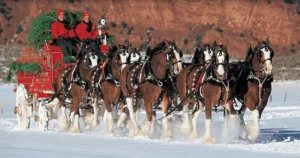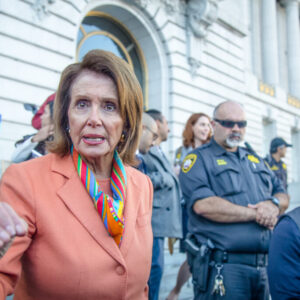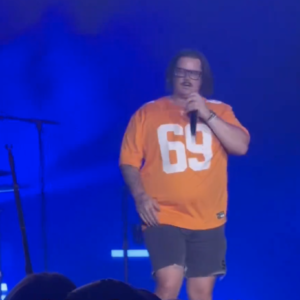Christmas commercials hold a unique power. They mark the beginning of the festive season, evoke cherished memories, and create a sense of warmth and nostalgia. Among these, the Budweiser Christmas commercials, particularly the 1987 classic featuring the majestic Clydesdales, have stood the test of time as icons of holiday advertising. With their timeless charm and emotional storytelling, they’ve become synonymous with the magic of Christmas.
Why Christmas Commercials Are More Than Just Ads

For many of us, the holiday season doesn’t officially begin until we see that first Christmas commercial. These advertisements go beyond marketing; they tap into our emotions, connecting with us on a deeper level. They’re not just selling products—they’re selling memories, traditions, and the essence of the holiday spirit.
In the U.K., brands like John Lewis and Sainsbury’s have turned holiday commercials into an annual cultural event. Meanwhile, in the U.S., Budweiser’s Clydesdale ads have become a beloved tradition, spreading joy and reminding us of the season’s true meaning: togetherness, family, and warmth.
The Budweiser Clydesdales: Symbols of Strength and Tradition
Budweiser’s Christmas commercials are built around the majestic Clydesdales, a breed of draft horse known for their strength, grace, and iconic appearance. With their powerful build, feathered hooves, and regal demeanor, these horses are more than just marketing tools—they’re cultural symbols.
For decades, the Clydesdales have been a central part of Budweiser’s branding, but during the holidays, they take on a new role. They become ambassadors of goodwill, tradition, and holiday cheer. Watching them pull the iconic red stagecoach through snowy landscapes feels like stepping into a Christmas card brought to life.





